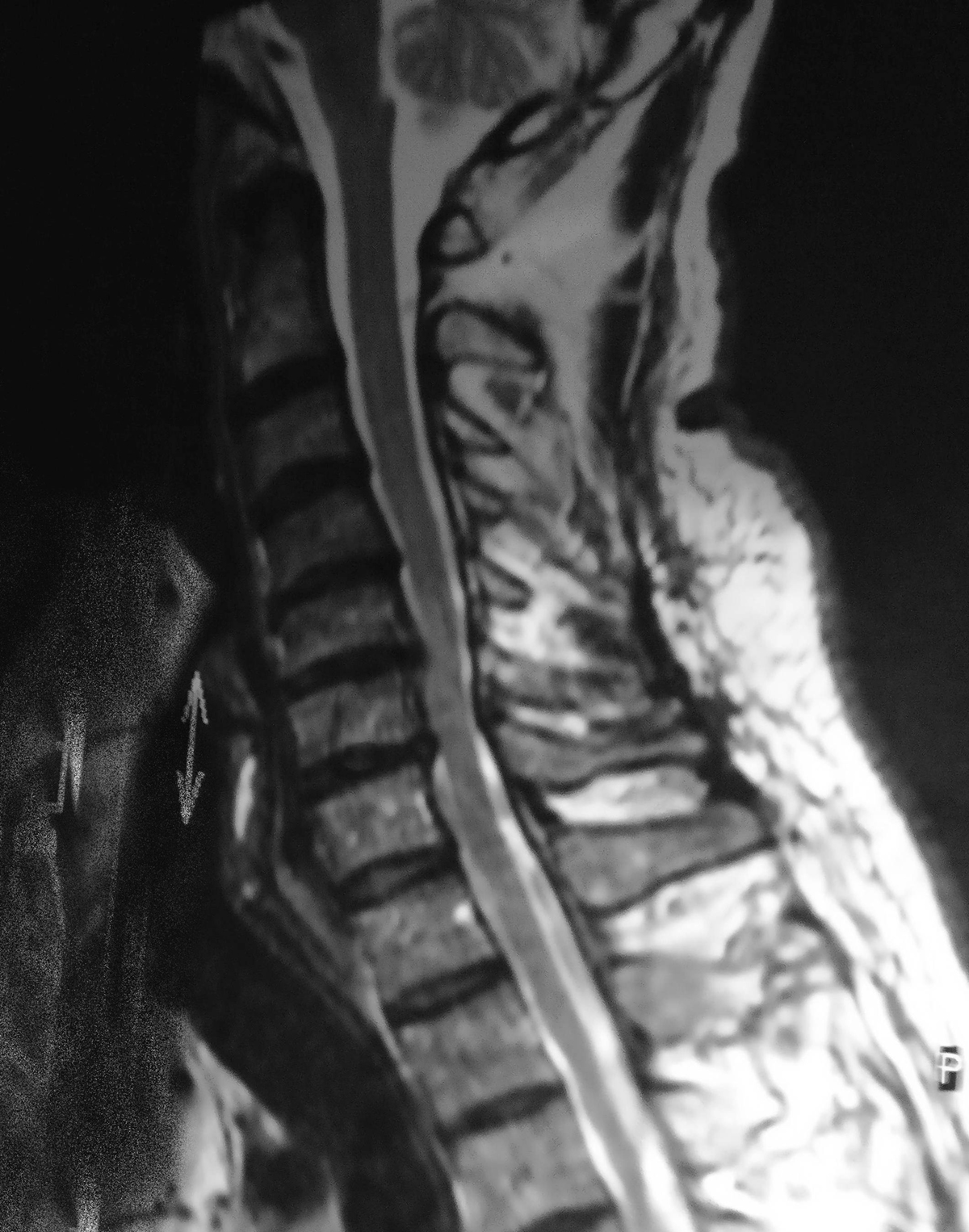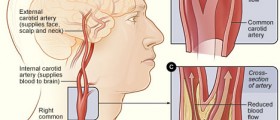
About cervical stenosis
Cervical stenosis is the condition that is characterized by the narrowing of a bony canal in the spine, most frequently in the neck or lower back, and since it puts pressure on the spinal cord or nerves, it usually affects the upper part of the body, along with arms and hands. The reasons why this happens are different, but most frequently, people become more prone to it with age, because certain changes in the spine and conditions such as osteoarthritis, degeneration of the disk, or thickened ligaments may cause it. Besides that, some people may be born with this narrowing, which means that cervical stenosis may be congenital, but it is also possible that it can be a result of some trauma or injury to the neck. Spinal tumors or even Paget's disease of the bone can also lead to the cervical stenosis.
What are the main symptoms of cervical stenosis?
The symptoms of cervical stenosis are various and they sometimes depend on the cause, but they can also depend on the affected part of the body. However, the most common problems that indicate this condition are pain and weakness, though numbness may be experienced as well. The pain in the neck and lower part of the back are also present in the majority of the cases, whereas, it is also possible that some people do not develop any symptoms.
On the other side, since the pain is usually tolerable and it is not that severe, people tend to ignore it, though something like that should not be done. If cervical stenosis affects the lower back, then cramps, and discomfort in the legs, particularly when standing for a longer period of time, are the most usual signs. If stenosis affects the neck, then symptoms like numbness, tingling and weakness in legs, arms, hands or feet may be felt, as well as shoulder pain. In some cases, people tend to lose the control over bowel movement or bladder, and such cases are considered to be very serious. When speaking about the symptoms of cervical stenosis, it should be mentioned that the loss of balance has also been reported as one of the symptoms.
How can it be treated?
As for the treatment of this condition, the good news is that it is treatable. However, bad news is that some cases require surgery procedures to solve this problem, and they may be a bit more risky. However, non surgical ways imply the use of pain relievers and anti-inflammatory medications, though physical therapy is very often a helpful and efficient part of the treatment, too.



-Causes,-Symptoms,-Diagnosis,-Treatment_f_280x120.jpg)













Your thoughts on this
Loading...